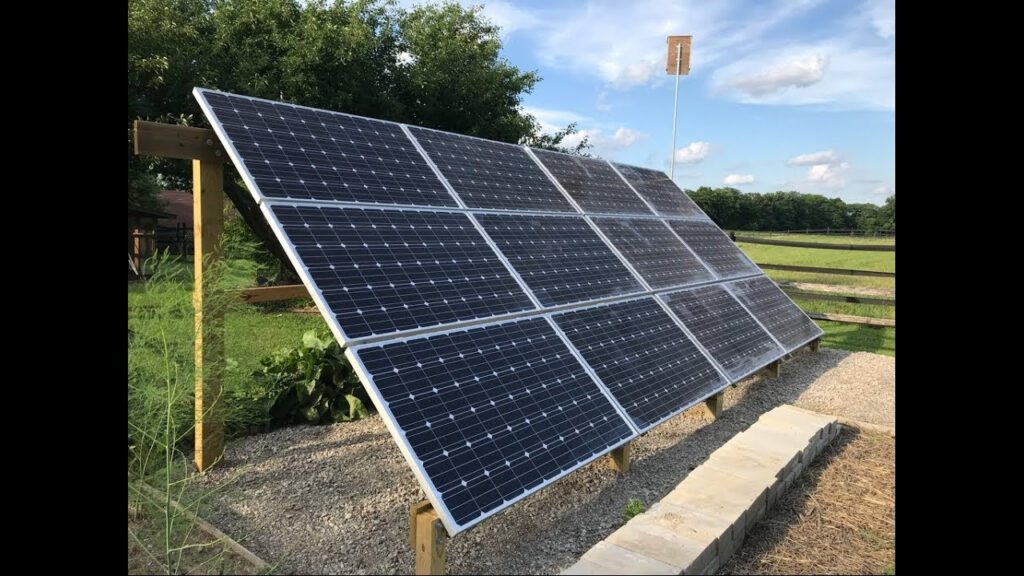If you think about it, all energy is ultimately solar energy – even fossil fuels. Coal and petroleum are the result of rotting vegetable matter that was buried and subject to intense geologic pressures hundreds of millions of years ago.
While alive, this plant matter captured sunlight and stored it through the biological process of photosynthesis. This energy remained stored in the plants’ cells after they died, and over the eons, was converted to what we know as fossil fuels. (It’s what author and radio host Thom Hartmann calls “Ancient Sunlight.”)
When you eat your vegetables, this stored solar energy is converted into sugar by your digestive system – and allows your body to function.
These are examples of the indirect use of solar energy. Photovoltaic solar energy is the science of using the sun’s power directly with the use of semiconductors.
What Are Semiconductors?
Since semiconductors are the key to producing photovoltaic solar energy, it’s important to understand how these operate.
In electronics, there are conductors, usually metals such as copper and aluminum, through which electrons can move freely and which contain movable electric charges. This is why electrical wire is usually made of such metals. There are also insulators, which prevent the flow of electricity; the best known is rubber. Semiconductors fall somewhere in between.
These have long been used in transistors and in fact are at the heart of most of the electronic devices we take for granted today, including cell phones and computers. The ideal semiconductor is crystalline in structure; silicon is the most common and least expensive, but others are also used. When the semiconductor is “doped” – that is to say, combined with small amounts of insulating elements such as boron and phosphorus – the conductivity of the semiconductor can be changed and manipulated.
When sunlight hits the surface of the semiconductor, it actually produces electrical current. This current can then be used directly or stored in batteries.
The Problem
Of course, everything today boils down to money. Until recently, solar cells have been extremely expensive to produce. The main reason is that the process of creating semiconductors requires the use of expensive equipment and a whole lot of energy. By the time all is said and done, photovoltaic solar power still costs five to seven times what the local power company charges.
Another reason is that photovoltaic solar energy panels have not been particularly efficient; in the past, only about 8% of the light that hits the surface was turned into usable electricity.
Solutions
When it comes to efficiency, one of the solutions has been to create multi-layered solar panels in which each layer is “tuned” to a different part of the light spectrum. In essence, this allows the panel to capture more sunlight. Currently, efficiency rates are around 40% – a 500% increase from earlier panels.
Nanotechnology also promises to greatly lower the cost of manufacturing solar panels – which will ultimately make photovoltaic solar energy competitive with power generated by fossil fuels.

